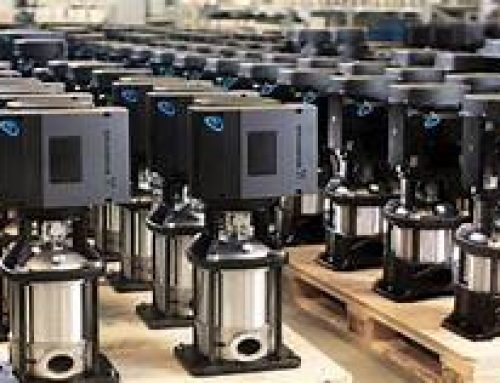Green Germany: Germany’s energy transition is underway. Ten policies are bringing the country closer to a renewable energy revolution.
1. Out with the old, in with the new
In Germany, nuclear power is seen as incompatible with a long-term renewable energy strategy, and a nuclear power phase-out is a central part of the country’s energy transition or Energiewende. At the beginning of 2011 there were 17 nuclear power plants in operation in Germany, and by 2022 the last will have been closed. The gaps in power production will be filled by renewables, gas turbines, and conservation.


2. The Renewable Energy Act
In 2014, the Renewable Energy Act (EEG) was updated drastically, and it has been the driving force behind the Energiewende. According to the German Energy Transition website, no legislation has been copied as frequently as Germany’s Renewable Energy Act. The law gives renewables priority on the grid and ensures that investors in renewable energy receive compensation irrespective of electricity prices. This has led to less red tape and a surge in investment that has brought down the price of renewable energy.
3. Charging for bad behavior
“Tax the bads, not the goods” is the slogan of a tax that puts a high price on environmentally unfriendly activities, specifically fossil fuel use. Germany has had a petroleum tax since 1951, and when it was updated in 2007, it was raised to 65 cents per liter. The money collected through the tax is used to offset costs elsewhere. In the case of the “eco-tax” funds are used to lower payroll taxes with the goal of making German workers more competitive internationally. The eco tax is applied not only to gasoline and diesel for vehicles, but to heating oil and fossil fuels used to generate electricity.


4. Turning up the heat: The Cogeneration Act
Cogeneration is a method of recovering the heat usually wasted in power generation and putting it to work. Because cogeneration increases overall efficiency, Germany adopted the Cogeneration Act in 2002, stipulating that 25 percent of the country’s power supply would come from cogeneration by 2020.
5. Building better: The Renewable Heat Act
Forty percent of all energy is consumed in buildings, and the majority of that is used for heating. The Renewable Heat Act aims to increase renewable heating sources to 14 percent by 2020. New buildings are required to meet the Act’s specifications, while renovations of older buildings are subsidized through the Market Incentive Program. Though funding for this act was cut during the last recession, it is now back in place.
The Energy Conservation Ordinance focuses on improving buildings’ energy efficiency as well, and its goal is to increase the rate of renovation so that all buildings will have been re-furbished to meet modern standards in 33 years.


6. Expanding the grid
In order to get renewable energy to the people who need it, the grid needs to be expanded and updated. The Act on Accelerating Grid Expansion is meant to facilitate this, though exactly who, when, and how remains under debate. In 2012 only a ninth of the 1,800 kilometers of lines that need to be finished by 2015 were compete.
7. Conserving energy
Efficiency and conservation are also a part of Germany’s plans for a more efficient future. The renovation of older buildings to fulfill the Passive House Standard is one of the biggest efforts being made to do so, and the Energy-Conservation Ordinance was created to cover this issue and provide financial incentives. Germany is also currently developing an Efficient Building Strategy.


8. Designing consciously
The Ecodesign Directive (ErP) was created to regulate products with the worst environmental performance. The ErP was originally an EU initiative, and it has set standards for products’ energy performance. Though cars and buildings are not included, it covers items like consumer electronics, refrigerators, freezers, light bulbs, and electric motors. It is expected to reduce power consumption in the EU by 12 percent by 2020.
9. Encouraging alternative forms of transportation
Germany has extensive public and bicycle transportation networks, both which encourage fossil fuel independence. Over 200 long-distance bicycle paths cross the country in 70,000 kilometers of well-maintained trails, and cities like Freiburg have made bike-friendly traffic improvements a part of their environmental policy. When it comes to public transport, the German system is large and (fairly) efficient; 88 percent of Germans live near a bus or train stop.
Car use remains high, but younger generations are driving far less than their parents as car sharing becomes more popular and convenient. Making the cars that are on the road more efficient is also a priority. The German government has passed a law (Elektromobilitätsgesetz) giving e-cars special rights and privileges, for example, for parking, in order to increase their use.

10. Recycling
Germany is known among expats for its complicated recycling system—and the dirty looks you’ll get from neighbors for not sorting your recycling properly. But taking waste management seriously is an important part of the Energiewende, as trash that is not recycled is often burned, creating further emissions. Environmental groups have called for further optimization of the system to increase energy efficiency.




